Corporate identity – CI
Corporate identity consists of corporate design (visual identity), communication (with subgroups conduct and philosophy), and cultural identity (values, ethical principles). Just as an individual’s style is determined by clothing, shoes, hairstyle, make-up… the same is true for businesses. The appearance of a company is determined by the logo, colour scheme of the company, typography, slogan, website, advertising material, employee clothing, etc. – in other words, all the elements of the brand, aimed inwards and outwards.
The purpose of creating the corporate identity
With their style, a person expresses their views, values and intentions. Corporate identity is also based on the values and culture of the company, positioning, target group and strategy and philosophy of the company.
Developing a corporate identity means actualising the identity of the company with a visually uniform appearance and uniform design of all the company’s products. The visual appearance consists of communication, graphic and industrial design, architecture (architectural style of the company building, selected materials) and advertising. The design of communication means helps the company define a clear market position. Proper self-presentation expresses competence, individuality and versatility.
A well-thought-out corporate identity represents not only an interesting and uniform image of the company, but also ensures that the company’s communication can reach its target groups. This is followed by a planned increase in the company’s visibility, which ensures that regular advertising is more effective and achieves better results.
A well-thought-out corporate identity achieves not only external advantages, but also encourages positive perception and loyalty of employees. Particularly if the company’s values and culture are optimally presented, they communicate with employees on a subconscious level and encourage a sense of belonging and identification with the company’s vision and values. Various promotional materials can be used to convey the desired values, i.e. cups, pens, hats, T-shirts, etc. Design of offices and workspaces is not unimportant either. This is, in fact, a specific field (Employer Branding), but there are clear links between corporate identity and various brand strategies, whether it is an internal or external identity.
Corporate design is the face of the company
It is good to stand out in the large pool of competing companies! With a clearly structured profile that is immediately associated with your company, you will gain attention, customers, projects, orders, partners, and so on. The most important aspect is a uniform presentation of all means of communication of your company (logo, website, business cards, brochures, stationery, etc.). For all of them, you must consider design features (typography, colour, etc.), which must be aligned with your corporate concept.
Logo
A logo is a recognisable sign and symbol for association with the company and a central part of brand identity. A high-quality and well-thought-out logo provides various important information about the company: the industry in which the company operates (e.g. an image of a circuit represents the software industry), the service it offers, the target group, brand value (e.g. an elegant font represents exclusivity), etc.
We know three different types of logos:
-
- Word mark: the name of the company is written with a certain font type or style, e.g. FedEx, Canon; this type of logo has a subcategory that uses a font, but uses an abbreviation or initials instead of the full name, e.g. HBO, GG for Gucci.
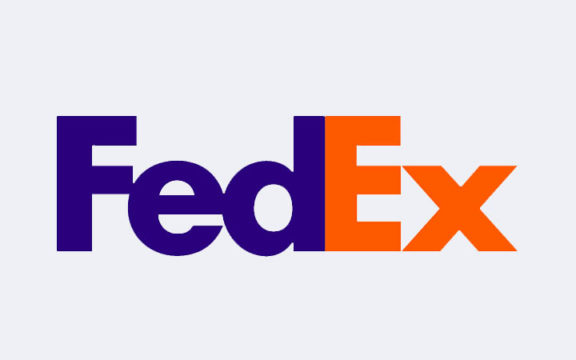
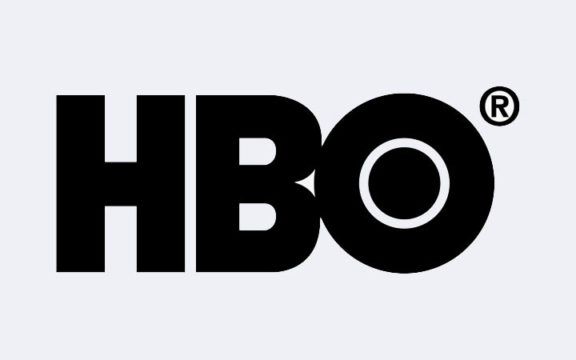
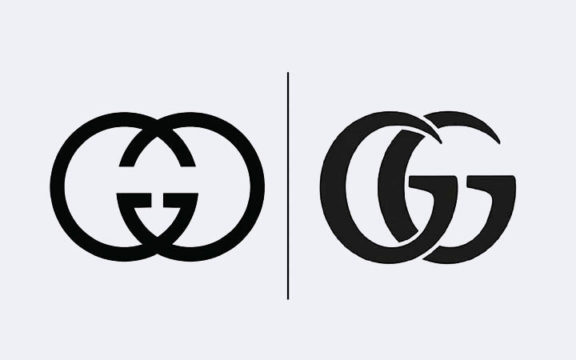
-
- Word/graphic mark: the most popular type, consisting of a pictogram or symbol and a word part. The parts are combined in a specific formula, but they can also be used individually, e.g. Spotify, Spar, WWF, Apple.
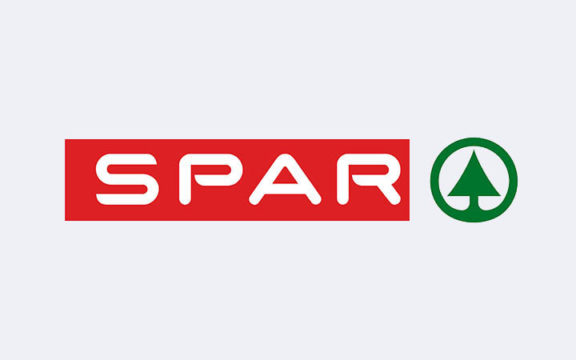

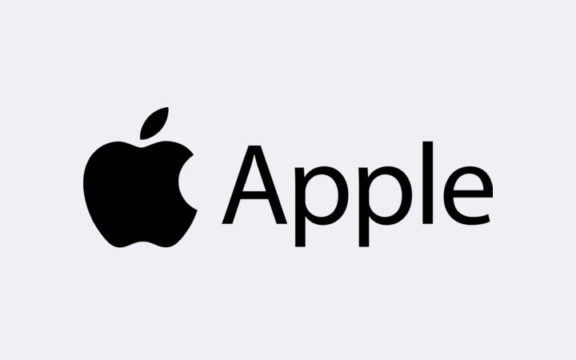
-
- Combined logos: a symbol and a word mark form a unit that only works together, e.g. Amazon, Burgerking. This includes a popular subcategory: the emblem, text and graphic elements are combined into one form, e.g. Starbucks, Porsche.
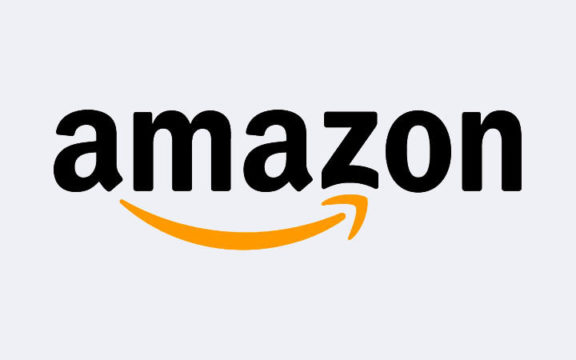
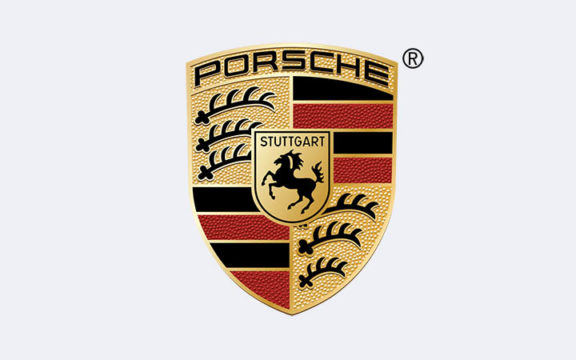
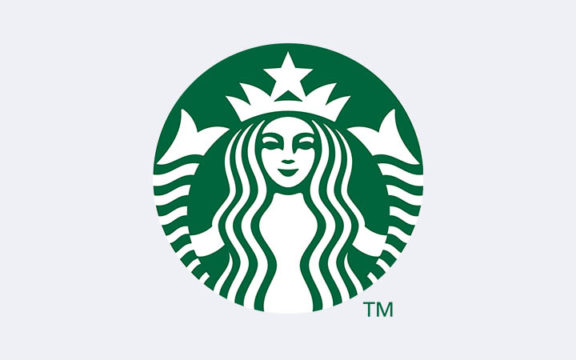
Typography
Typography is the design and use of fonts as a means of communication. The chosen font should be aligned with the company and support the message of the logo. There is a large choice of font styles, but not everyone is suitable for every business. It is common to use a particular font style across industries. It is recommended to follow the font style used in the industry; however, if the company has a special target group or niche product, it can attract the attention of users with a font style atypical for the industry.
Upgradeability and expandability
A logo made in a vector format can be easily upgraded and expanded. The quality, effect or readability must not be lost when reducing or enlarging the logo, as this is the most important part of the corporate design and is therefore located on business cards, letterheads, posters, websites, etc. To ensure a wider range of use, the logo should also be made in a black-and-white version (e.g. for a stamp).
Personal note
Of course, a new font style is not created for every logo, but it is recommended that the font style in the logo differs from the basic font style in some small detail. This can be the spacing between individual characters, a small design detail in the font or an unobtrusive shape correction. By adjusting the details, the logo will gain recognisability and a professional appearance.
Colour
Colour is a force that affects people’s emotions and behaviour. The psychology of colours determines the emotions we evoke and behaviour we induce with a particular colour. Thus, different colours have different meanings:
- red: passion, excitement, youth, modernity
- orange: refreshment, playfulness, standing out
- yellow: openness, sunshine, friendliness, cheerfulness
- green (versatile colour): naturalness, freshness, prudence
- blue: seriousness, reliability, self-confidence
- black: elegance, nobility, luxury
- brown: masculinity, seriousness, naturalness
- grey: classical, seriousness, maturity
- purple: luxury, innovation, femininity, reasonableness
- pink: modernity, youth
- white (because it means the absence of colour, it must always be combined with a different colour as the background): youth and frugality
Customer response to colours and colour combinations depends on:
- Aesthetic
Aesthetic means that some colour combinations harmonise well with each other, while others create tension. This tension can attract or distract attention. Research has shown that customers do not perceive expressionless and similar colour combinations, while chaotic and repulsive colour combinations overwhelm them. - Learned cultural associations
People associate certain colours with certain emotions. Thus, white colour of a bride’s dress at a wedding symbolises purity and innocence, while black symbolises mourning. But this is true only in our culture. White symbolises death in some Eastern cultures, the multi-coloured saris of Indian brides have strong colours, and the colour of mourning in South Africa is red. The symbolic meaning of colours is particularly important if the brand is to appear internationally.
- Evolucijskega programiranjaHowever, not all associations are learned and dependent on culture. Studies suggest that some of our colour associations are the result of evolution. Thus, our subconscious supposedly perceives brown as something that disintegrates (association with rotten fruits and vegetables) and red as a warning, as it means strong passionate emotions.
Colour as an element of corporate design
The colour of the company is the colour the company uses to present itself to the public and within the company. The colour chosen indicates the company and is used in its logo, corporate buildings, product packaging, employee clothing, car colour, etc.
The choice of colour represents the kind of message the company conveys to its target group (e.g. in the healthcare industry, green means refreshment and regeneration, while white means clinically pure).
Logo colour scheme. Based on the selected main characteristics of the brand, the identity of the brand can be defined and thus the colours that help convey the message. Customers choose products consciously and subconsciously according to their personal identity.
The number of chosen colours in the logo: When choosing the number of colours, do not limit yourself to one or two colours. More colours in the logo will emphasise the diversity of your offer; a good example would be the eBay logo.
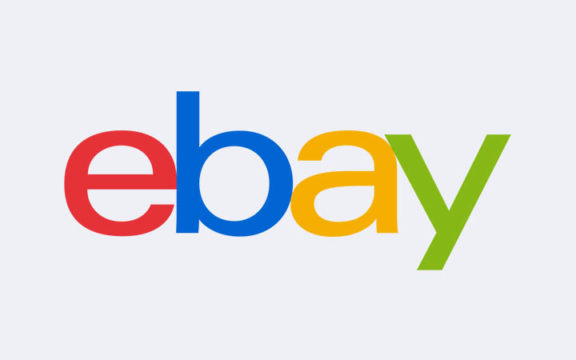
On the other hand, choosing two or at most three colours for the logo emphasises the uniqueness, where the logo itself addresses the target group (e.g. Aare beer: brown, which is not only the colour of beer but also the male colour is used in combination with the mature blue colour of the text).
Before deciding on a colour, we recommend some experimentation (different people should look at the logo in different colours and express their opinions). To stand out from the competition, it is sometimes advisable to choose a colour palette that is the exact opposite of the predictable palette.
Slogan
A slogan not only describes and communicates the essence of the brand, but also evokes feelings – you could say it brings the personality of the brand to life. A logo with a slogan establishes an even stronger brand association in the customer and increases brand visibility. The slogan should be a short worded version of the company’s mission. The mission in the form of a set vision is considered an internal guideline for guiding the company in marketing and brand identity. The slogan therefore presents the company’s brief mission statement to the world. A good example is Nike’s slogan, which does not say that Nike is a sports brand. Nevertheless, “Just do it” evokes motivation, inspires customers to achieve goals, and thus opens up another possibility for establishing a relationship between the brand and customers.
Not all logos need to have a slogan.
Logo with slogan
A logo with slogan makes sense in the following cases:
- For small brands with a limited budget for marketing campaigns (the slogan helps present the mission of the company, explaining to customers what they the company is doing).
- In an industry with very strong competition (the slogan helps differentiate the company from its competitors; e.g. in the highly competitive IT industry, creative and resourceful customers identified themselves with Apple’s slogan “Think different”).
- When creating a new brand (with a simple and understandable slogan, potential customers can clearly understand the offer).
- In rebranding: the slogan will help existing and new customers understand the new vision of the company.
- For abstract or minimalist logos: a version of the logo with a slogan clearly and simply explains the brand.
Logo design
Designing a logo with a slogan:
- In-depth knowledge of the personality and identity of the brand determines the style of design (e.g. a company that emphasises tradition and homeliness has a different style than a modern sports brand with a motivating message).
- Size and position – even the best slogan should not overshadow the brand name and logo. It has to be smaller but clearly legible. For a visually refined image, a hierarchy of typography is most appropriate (the viewer must first notice the logo and then the slogan). Most often, the brand name appears above the logo and the slogan below it. For a unique design, the slogan can also be placed in another position; another option involves part of the slogan above and the second part below the logo. The brand graphic design should include the logo with and without the slogan. A simplified version of the logo without the slogan will provide an equally pleasant user experience when using digital marketing channels, where extremely small logos are used as profile pictures.
Website
Nowadays, a company’s own website is no longer the privilege of large companies or computer experts, but is essentially needed by all future-oriented companies. When selling products and services, it is extremely important that the website is ranked high in search engine results. As a large number of new websites appear every day, among them competitors’ websites, a successful website that attracts the desired attention requires a good foundation:
- Content, which includes texts, graphics, and videos, should be of high quality. Content should be relevant and understandable, it should contain relevant keywords and links to further information.
- A unique website allows the company to stand out in the crowd. With unique, but relevant, texts and by using special features or a company blog, a website becomes more interesting and stands out among the competition.
- A professional design is important, as it gives the first impression, which is essential anytime and anywhere. The website should have a professional look, because then the company will be perceived as such.
- A responsive design ensures that the content of the website can be automatically adapted to the different screen sizes of the devices used (tablet, smartphone). This will ensure optimal access to the website and its content for all users.
- Fast loading of the website gives users and potential customers a positive experience with the company and has a positive effect on the number of visits, and is also an important factor in Google’s ranking.
- Clearly organised content ensures that users are not lost in the multitude of information and content. Clearly organised content can be quickly read to find the relevant information.
- Return visits to websites that users do not see as just a one-way communication platform is ensured by interactive offers, links or banners in the form of special promotions, registration for accessing an internal blog, etc.
- Understanding users, on the basis of analyses provided by modern tools (what users are interested in, how long they stay on the website, how often they return to the website, when and from which devices users access the website), facilitates the work of content creators, whose focus should always be on the target group.
- Website security: The website must not allow distribution of malware among users.
Four balanced aspects are key for a good website:
- usability,
- positive user experience,
- attractive design in
- appropriate content with added value for the target group.
In order for the website to fulfil its role and help the company on the market, it requires much than just a perfect design – the website also needs to be regularly maintained, updated and checked.
Business card
Even though we live in the digital age, the printed business card is still very important in the business world. The impression left by the business card must match the owner, i.e. the business card must not contain false information and promises. Professional business cards are not just about flawless appearance and print – design, content and format are just as important.
Business card design
Business cards can be designed online and printed cheaply. However, for the business card to make a good impression, it should be designed by professionals based on what the company wants and the ideas that it wants to convey, how it wants to be perceived by others, how the company wants to present itself, its products or services. Rules that apply in business card design:
- Space for your logo: Even if the logo is a graphic mark of the company, it should not take up disproportionate space compared to the text. The required meaning of the logo is ensured by its prominent placement in a suitable size, and the text is placed at a noticeable distance, which ensures better legibility.
- Margins on all four sides: Due to printing and subsequent cutting, the text should not cover the entire surface, but should have a margin of at least 5 mm on all four sides.
- Use no more than two clearly different fonts. If you need more emphasis, you can use different font styles: italic, bold, etc. The font used in the text can be based on the logo and match its style, or it can act as a strong contrast.
- Legibility of the text: In order to be normally legible, the fine font must be in a larger size, while bold fonts are legible even if their size is slightly smaller.
- Text colour: Colourful and bright texts are less legible than black ones. When using colours, they must be the same as those in the logo, e.g. part of the text can use one of the colours of the logo, thus standing out.
- Colour background: If the background is not white, it should use a single colour. To ensure legibility in such a case, the text should have a strong contrast to the background.
- Space for notes: The layout must provide enough space where the recipient can write a note. Some time after receiving the business card, the recipient’s notes might be essential for establishing a new business contact.
Business card content
The rule “less is more” applies to the scope of the text, but some elements are necessary:
- company logo and name
- tagline
- name and surname
- academic or professional title
- function in the company
- address
- stationary telephone number
- mobile telephone number
- e-mail address
- website
The most important information on a business card is the name of the person and the company, which must be immediately noticeable. Bold text is used to place the person or company at the forefront.
Business card format
An unusual format can attract attention for a short time; however, due to their impracticality, such business cards usually end up in the bin. The most commonly used is the standard shape and format of credit cards: 85 X 54 mm.
Printed material
An important communication channel of a company is printed material, which must be aligned with the overall graphic design. We provide design services for all types of prints and promotional material. These include business cards, letterheads, brochures, pamphlets, leaflets, roll-up stands, posters, banners, flags and billboards, as well as annual reports, invitations, greeting cards, calendars, covers, labels. In addition to design, we will take care of pre-press services and printing.
The value of visibility is priceless. It is made possible by a high-quality integrated graphic image of the company, which is based on complex planning and strategy.
